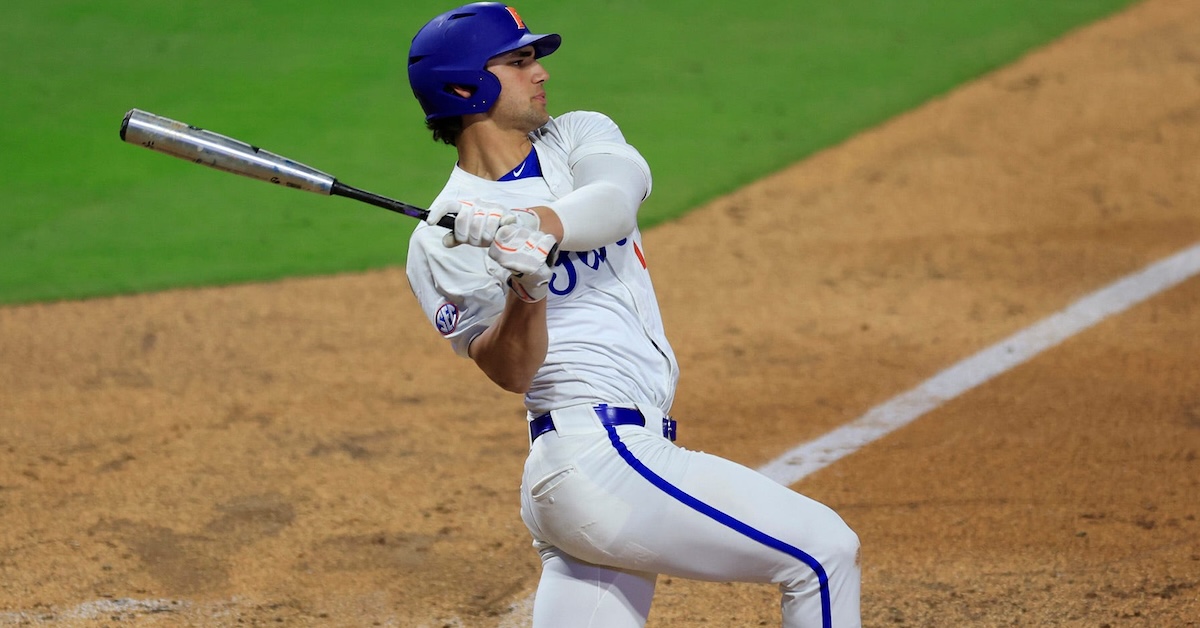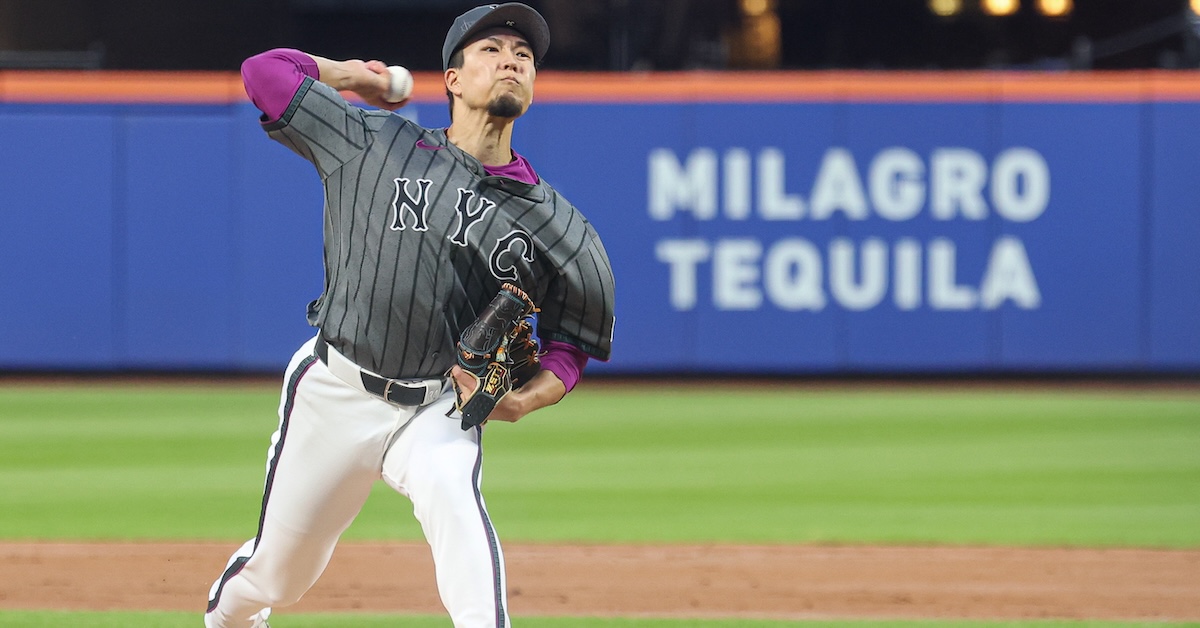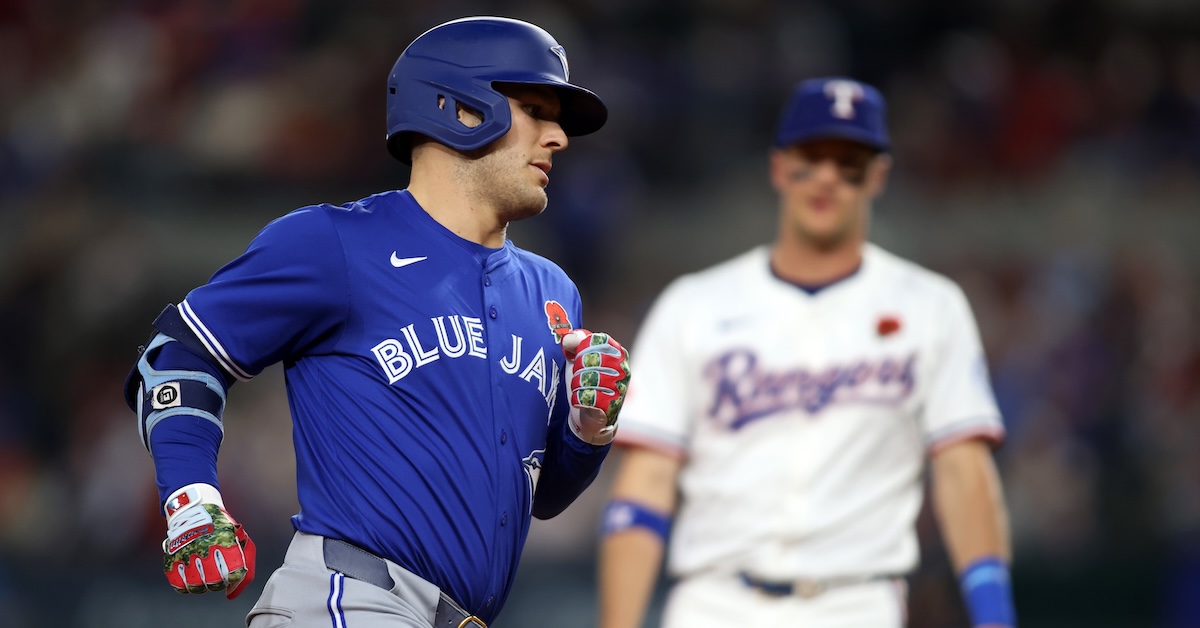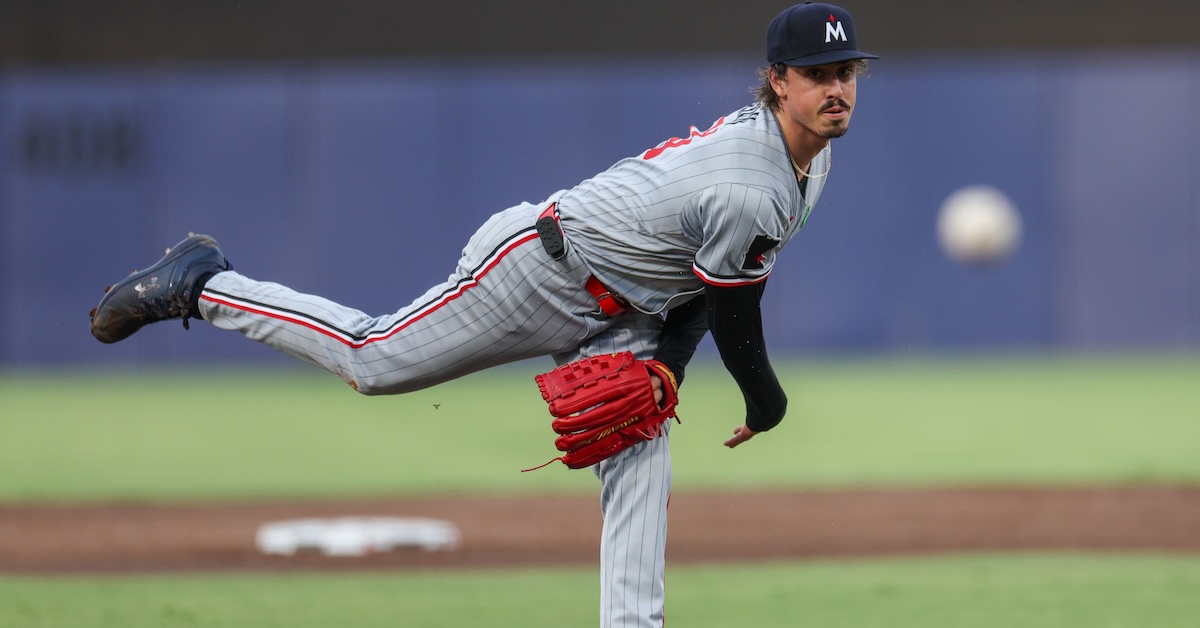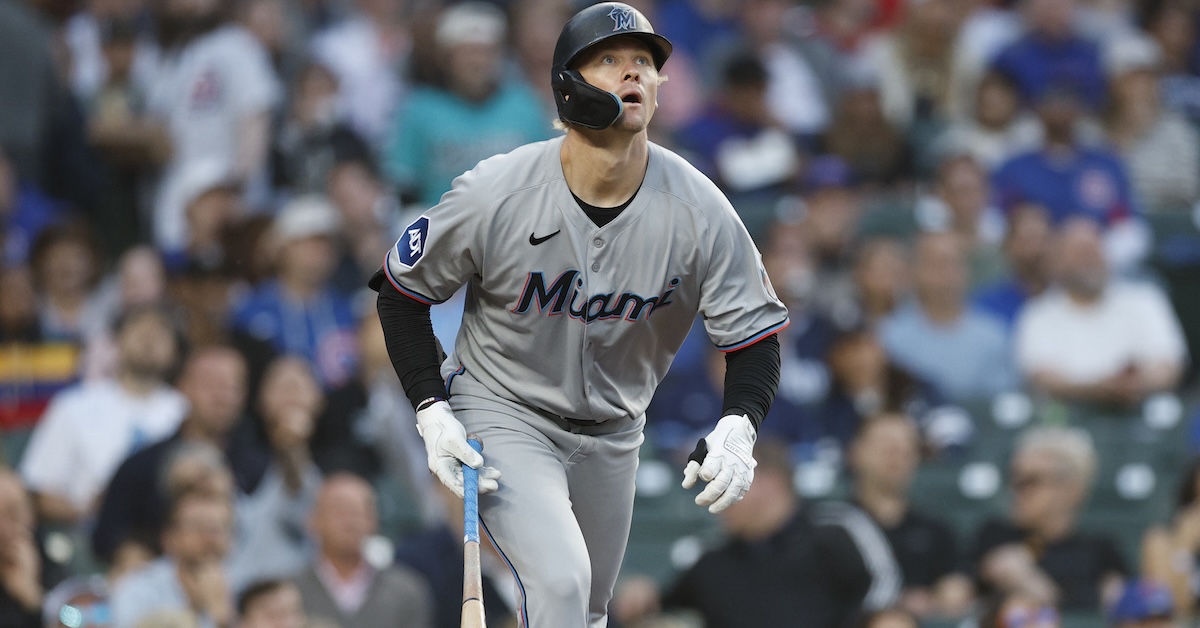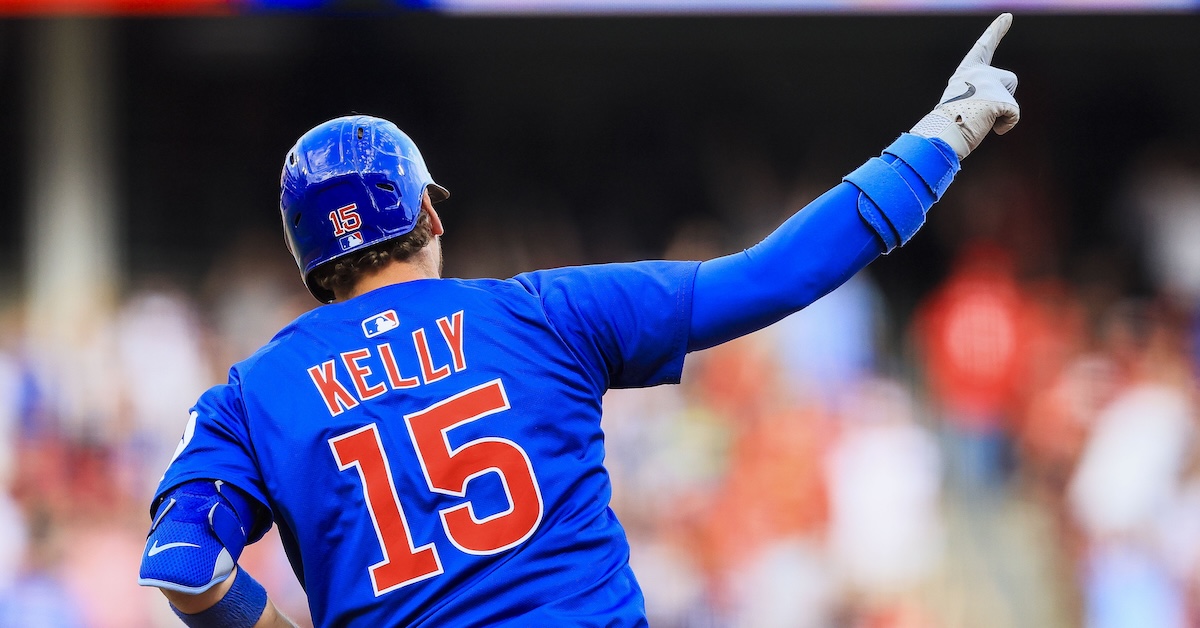Dodgers Hope To Fix Alexis Díaz and Bolster Bullpen
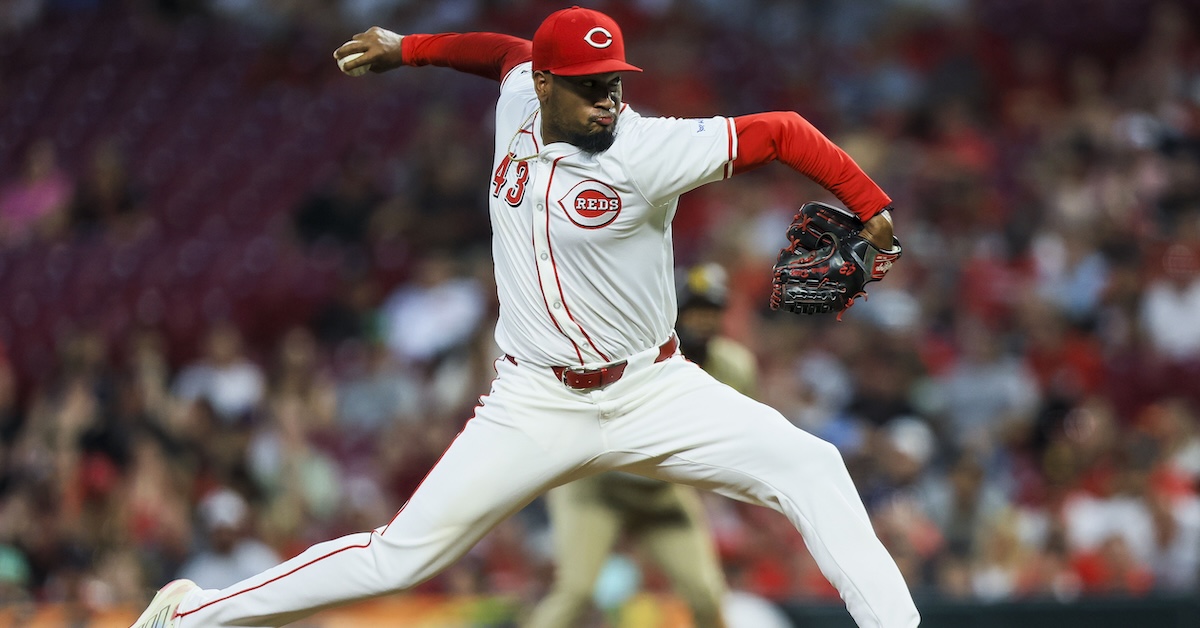
The Dodgers have had some impressive successes in recent years when it comes to acquiring pitchers who have struggled or failed to distinguish themselves elsewhere and then helping them flourish. Tyler Anderson made his first All-Star team as a Dodger in 2022, at his fifth stop in seven seasons. Evan Phillips owned a 7.26 career ERA before being plucked off waivers in 2021, and has since become a dominant part-time closer. Last summer Michael Kopech went from getting knocked around with the White Sox to closing games for the Dodgers within three weeks of being traded. Anthony Banda, Ryan Brasier, Andrew Heaney… the list goes on. Beset by pitching injuries yet again, on Thursday, Los Angeles acquired Alexis Díaz from the Reds with an eye toward helping him recover the form that made him an All-Star just two years ago.
The 28-year-old Díaz, the younger brother of Mets closer Edwin Díaz by two and a half years, has regressed considerably since his standout rookie campaign with the Reds in 2022. He spent the month of May pitching for Cincinnati’s Triple-A Louisville affiliate after a left hamstring injury suffered in spring training compromised his mechanics and displaced him from closer duty. The deal — which went down the day before the Dodgers announced that Phillips will undergo Tommy John surgery next week — sent 2024 draft pick Mike Villani to the Reds.
The Reds drafted Díaz in the 12th round in 2015 out of Juan Jose Maunez High School in Naguabo, Puerto Rico. His climb to the majors was slowed by 2016 Tommy John surgery and the coronavirus pandemic; he didn’t even reach Double-A until 2021. He broke camp with the Reds the following spring and allowed just one run and seven hits in his first 17 1/3 innings — capped by his first career save — while striking out 21. By late August, he was the primary closer, albeit on a team bound for 100 losses. He finished the year with a 1.84 ERA, a 32.5% strikeout rate, and 10 saves in 63 2/3 innings, a performance that helped him place fifth in the NL Rookie of the Year voting. Read the rest of this entry »

